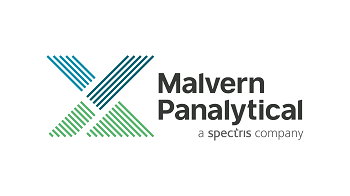Based in Royston, UK, Dolomite Microfluidics develops and manufactures novel technologies, in particular, high-performance nano- and microparticles. With applications in biology, chemistry, microfluidics and nanomaterials, these nano- and microparticles are precision-engineered for advanced functionality and encapsulation. It is possible to use them as specialized research tools within biomedicine, diagnostic imaging and industrial catalysis due to their unique properties determined by their size, shape and architecture.

Image Credits: Woodwaterwalll/shutterstock.com
Very monodisperse particles with high batch-to-batch consistency are ensured at Dolomite Microfluidics using state-of-the-art automated continuous flow processing and droplet microfluidics. This feature distinguishes Dolomite Microfluidics from other manufacturers, optimizing the performance of their products while enabling their customers to generate high-quality, reliable data.
Responsible for developing and growing the company’s particle engineering business is Pavel Abdulkin, Particle Works’ Co-Founder and the Head of Chemistry at Dolomite Microfluidics.
Control and Optimization
The materials at Dolomite Microfluidics are designed for peak performance. Size- related functionalities such as plasmon resonance, fluorescence efficiency, and emission color, are optimized through their strict control over particle size.
Technologies that can accurately characterize particles from 5 nm – 500 μm are crucial to ensure that tightly controlled limits are adhered to in terms of their size and morphology. Transmission electron microscopy (TEM) is usually employed to manage these requirements. However, while this is a reliable technique, it is expensive, time-consuming and provides low-throughput - all of which are limiting factors in their production efficiency.
Only a small proportion of each sample can be measured during each analysis with TEM, so it often requires support from an orthogonal technique to verify the state of the entire sample.

 Click Here to Read Full Article
Click Here to Read Full Article

This information has been sourced, reviewed and adapted from materials provided by Malvern Panalytical.
For more information on this source, please visit Malvern Panalytical.